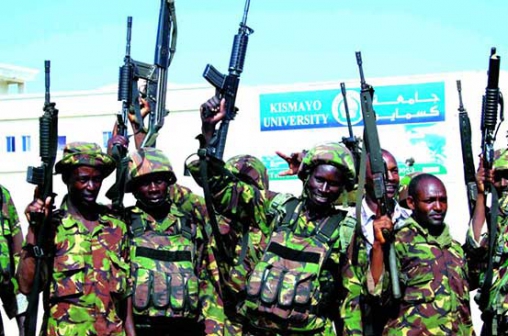×
The Standard e-Paper
Stay Informed, Even Offline

Hidden in the 306 pages of the Kenya Defence Forces’ official account of Operation Linda Nchi is what the military authors call the “Ugali strategy.”
This, the military says, was the philosophy behind the KDF invasion of Somalia to pursue al Shabaab militants.